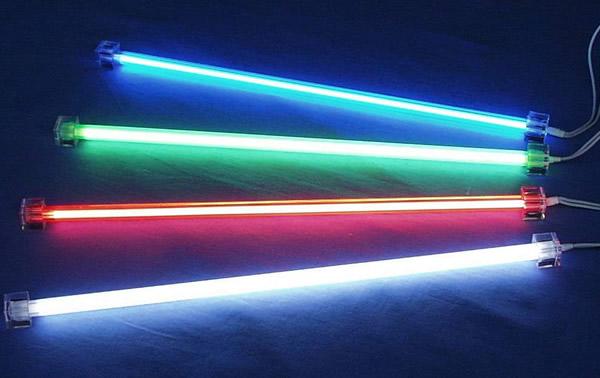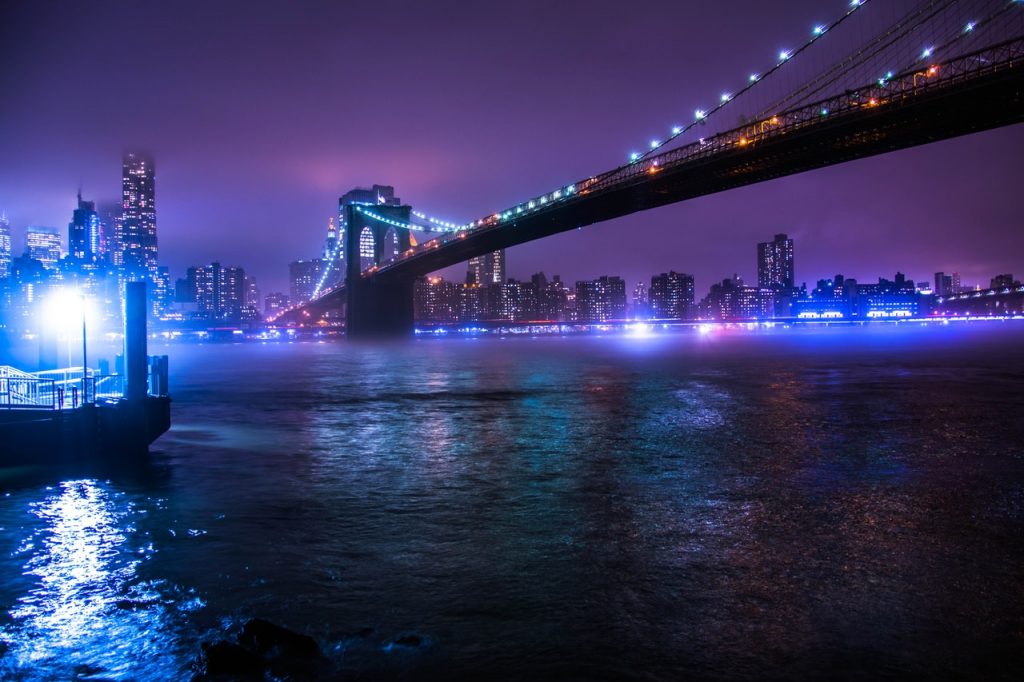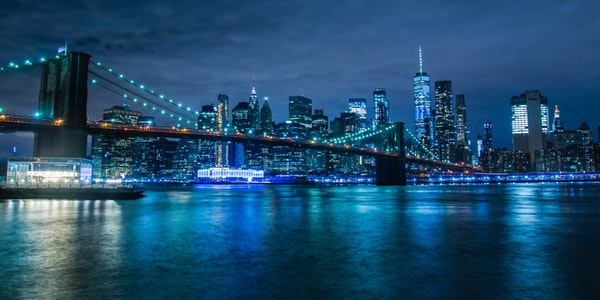Blue Light Causes Eye Discomfort
Why do I have symptoms such as fatigue, dryness, and tingling when I use LED desk lamps and computers for a long time?
The reason why the white light emitted by the light source of the LED desk lamp can be formed is mainly due to the excitation of the phosphor by the blue light with a wavelength of 450 to 455 NM. The shorter the wavelength, the stronger the transmission capability. Usually the factory wavelength of the LED light source is controlled within 500NM, generally 450~455NM or 455~460NM, which belong to the strongest radiation damage section.
If the wavelength becomes larger, the ability to excite the phosphor will decrease, and the luminous efficiency will decrease. In order to pursue brightness, manufacturers usually increase the blue light intensity of the LED light source. If the human eye looks at such a light source for a long time, it is inevitable that the eye will be harmed by blue light.
In addition, there is another point. The longer the lighting time of the LED desk lamp is, the faster the phosphor in the light source decays. As a result, the light in the blue band that the human eye is exposed to becomes more and more intense, causing damage to the human eye. Therefore, if the eyes look at the LED light source for a long time, it is easy for people to feel dizzy, uncomfortable, and even cause eye damage, which increases the chance of eye disease.
Reminder, do not let your eyes look at the bright LED light source for a long time, so as to avoid eye damage.
Avoid Blue Light Damage to Eyes
When inappropriate light continues to illuminate our eyes, it will cause dysfunction, especially high-energy shortwave blue light with a large number of irregular frequencies emitted by tri-color lights, computer screens, etc. These short-wave blue lights have extremely high energy and can penetrate the lens directly to the retina, causing photochemical damage to the retina, directly or indirectly causing damage to the cells in the macular area.
Therefore, for normal people, blocking blue light for a long time is the most effective way to reduce damage. The use of anti-blue glasses can effectively solve this point. Ordinary anti-radiation glasses can only filter ultraviolet and certain electromagnetic radiation, but cannot filter blue light.
Special anti-blue glasses can not only effectively isolate ultraviolet rays and radiation, but also filter more than 90% of blue light. For example, the German Haro anti-blue glasses recommended by the International Optical Association are suitable for use when watching a computer or TV. It can greatly reduce the irritation of blue light to the eyes, eliminate discomfort symptoms such as sore eyes, fever, or pain, and relieve eye fatigue.
What is Blu-ray
Blue light is high-energy visible light with a wavelength of 400~500nm.
Harvard University research shows that if you use an ipad, smart phone or laptop before going to bed, the light they emit is enough to stimulate the brain. It makes the brain in a state of excitement and affects the laws of the biological clock. It takes too long to fall asleep and wakes up many times during sleep and other symptoms of insomnia.
The human body begins to secrete a large amount of melatonin at nine or ten o’clock in the evening, and with bright light, the amount of melatonin secreted will be greatly reduced. And this hormone is also very important for anti-cancer function.
At the same time, if you don’t sleep well, you think that all organ systems are prone to dysfunction.
Studies have found that people with insufficient sleep or low quality of sleep have significantly reduced immune function, responsiveness, memory and coordination. The risk of suffering from diabetes, heart disease, cancer, obesity, indigestion, constipation, depression and other diseases increases.
The Harm of Blue Light
1. Blue light will aggravate macular disease in the retina
Blue light can increase the amount of toxins in the macular area in the eye, which seriously threatens our eye fundus health–from 2010 “America Academy of Ophthalmology”
With age, the lipofuscin (cell debris) left after phagocytosis of retinal pigment epithelial cells will gradually accumulate in the retinal pigment epithelial cell layer. This will cause the retina to be more sensitive to chronic light exposure. Blue light will aggravate macular problems caused by genetics, nutrition, environment, health habits and age-related correlations. After prolonged exposure, the toxicity of the retina will increase with the shortening of the wavelength, thereby aggravating macular diseases.
Long-term exposure to high-intensity (ultraviolet A, ultraviolet B, and blue light) light during a day doubles the chance of macular degeneration. Our research results show the increased risk of glasses from high exposure to sunlight, emphasizing the importance of protection in European populations.
2. Blue light can cause fundus damage after cataract surgery
With age, the lens of the human body will gradually become yellowish. This helps filter blue light. However, after cataract surgery, the patient loses these natural barriers. The blue light will reach the retina and damage the retinal pigment epithelial cells, seriously affecting the health of the eye fundus.
3. Blue light causes VDT syndrome
Blue light can cause blurred vision, cause visual fatigue, and cause VDT syndrome.
After the blue light enters the fundus and is focused, the focus does not fall on the retina, but falls between the retina and the lens. This increases the chromatic aberration distance at which the light is focused in the eye. The distance between the focal points in the eye is the main cause of blurred vision, so blue light will increase the chromatic aberration and visual blur. At that time, the eye muscles are over tense, the blood supply to the eye is over tense, and the blood supply to the eye is strengthened, thereby aggravating fatigue.
4. Blue light can glare
Blue light has higher energy in the range of 400nm-500nm. The higher energy light has a higher chance of scattering when it encounters small particles in the air, and blue light becomes the main cause of dazzling.
Where Does Blue Light Exist in Our Lives
Studies have shown that blue light exists in large quantities in LED lights, computer monitors, mobile phones, digital products, liquid crystal display screens, bathroom heaters and other light.
About the blue light hazards of LED eye protection desk lamps
At present, the whole society pays more attention to energy-saving products than in any previous period. Among them, the fourth-generation light source LED has achieved explosive growth in recent years, driven by industrial capital and government subsidies.
However, in joy, some medical and electric light source experts pointed out that many LED lamps have serious blue light overflow problems.
Over time, the retina of the eye will be irreversibly damaged, and severely even lead to blindness.
So how do we choose between energy conservation and health and find a solution?
Current Status of LED Industry
LEDs have higher luminous efficiency and can save electricity by at least 50-60% compared with incandescent lamps, especially for long-term, such as underground garages, which can recover its cost within a year.
At present, the United States and Europe have become the world’s largest LED lamp manufacturers. According to national plans, by 2030, LED’s share of the lighting market will reach 80%. Countries have also formulated a road map to completely phase out incandescent lamps by 2030, which is a stimulant for the LED industry. According to incomplete statistics, there are no less than 200 LED industrial parks built around the world. The total scale of the industry this year is about to reach $200 billion, and it will exceed $50 billion in 2025.
However, as the industry shared the feast, the medical community expressed concern. Professor Johnson Maverick, vice president of the American Academy of Ophthalmologists, said that according to the current international research results, if the blue light emitted by the LED acts on the human eye for a long time, it will cause serious damage.
“Blue light can cause damage to the retina. The specific location is the photoreceptor, which is the cell that receives light and converts it into visual electrical signals. If you accumulate a certain amount against it, it will not be able to feel the light, and then you will lose your eyesight. .”
As a kind of color light, blue light is ubiquitous in various lamps.
Johnson Maverick said that most of the current LED lamps on the market emit blue light through the chip to excite yellow phosphors to reconcile white light. Therefore, the blue light problem of LEDs is particularly prominent.
Is blue light harmful?
Is blue light really so harmful? Many LED manufacturers are not willing to respond. Experts in the electric light source industry gave a completely different answer to this.
Dr. Zhang Shanduan, deputy director of the Institute of Electric Light Sources, Fudan University, China, said that the most recent example of blue light damage is that the blue light of a heater lamp caused burns to the eyes of a baby in Xi’an, which eventually led to blindness. He found a national standard called “GBT20145-2006 Photobiological Safety of Lamps and Lamp Systems”, which has a chapter devoted to the blue light hazards and quantitative calculation methods.
“The blue light damage of the retina is a positioning, and its damage curve has been measured. Nowadays, many LED manufacturers come from the semiconductor industry, and they do not know the (harm) of lighting to people very clearly. On the other hand, this is also One question they want to avoid answering.”
He said that it is regrettable that this is only a recommended standard and has no compulsory effect on manufacturers. At present, there is almost no barrier to entering the LED industry, especially among the downstream manufacturers of assembling lamps, there are still many hand-crafted workshops in the mom-and-pop shop model, and there is no quality control system at all.
There is a fierce debate in the industry about the need for mandatory photobiological safety testing of LED lamps. According to public reports, the European Union has established compulsory standards, and the European Union has frequently returned China’s export products because of their photobiological safety. Can we learn from it?




